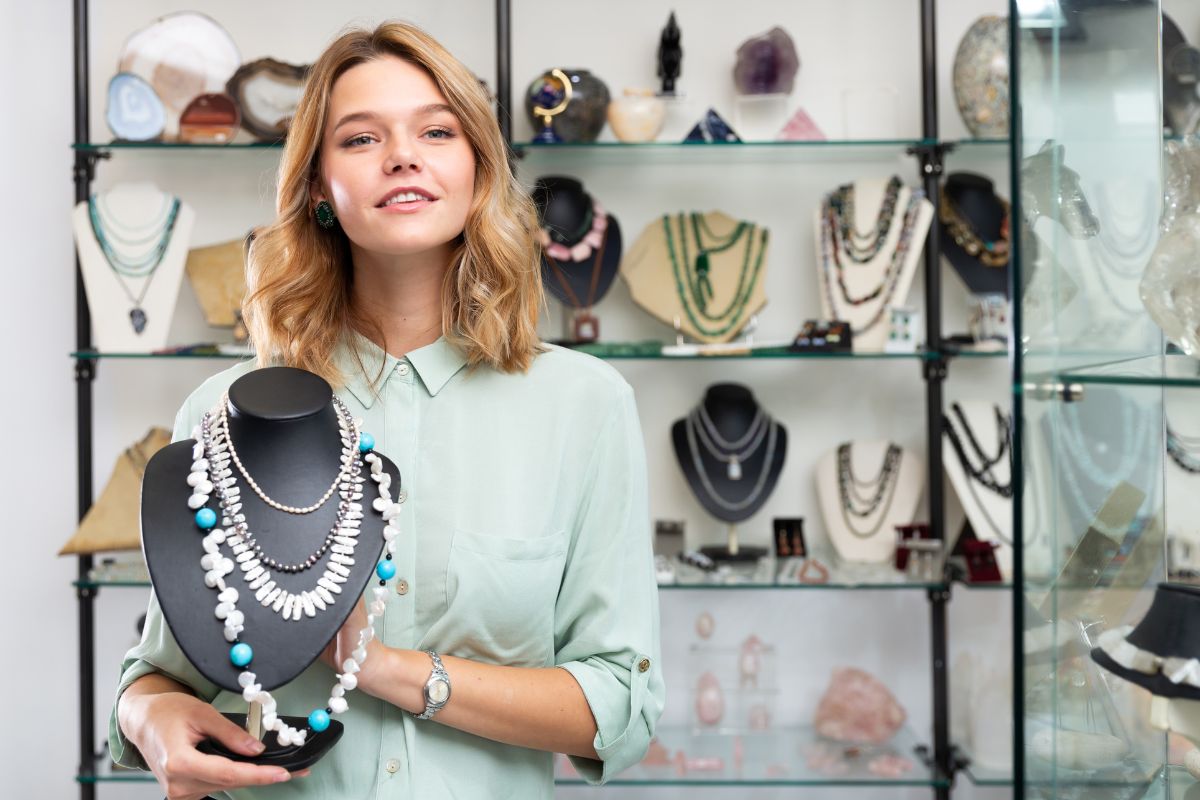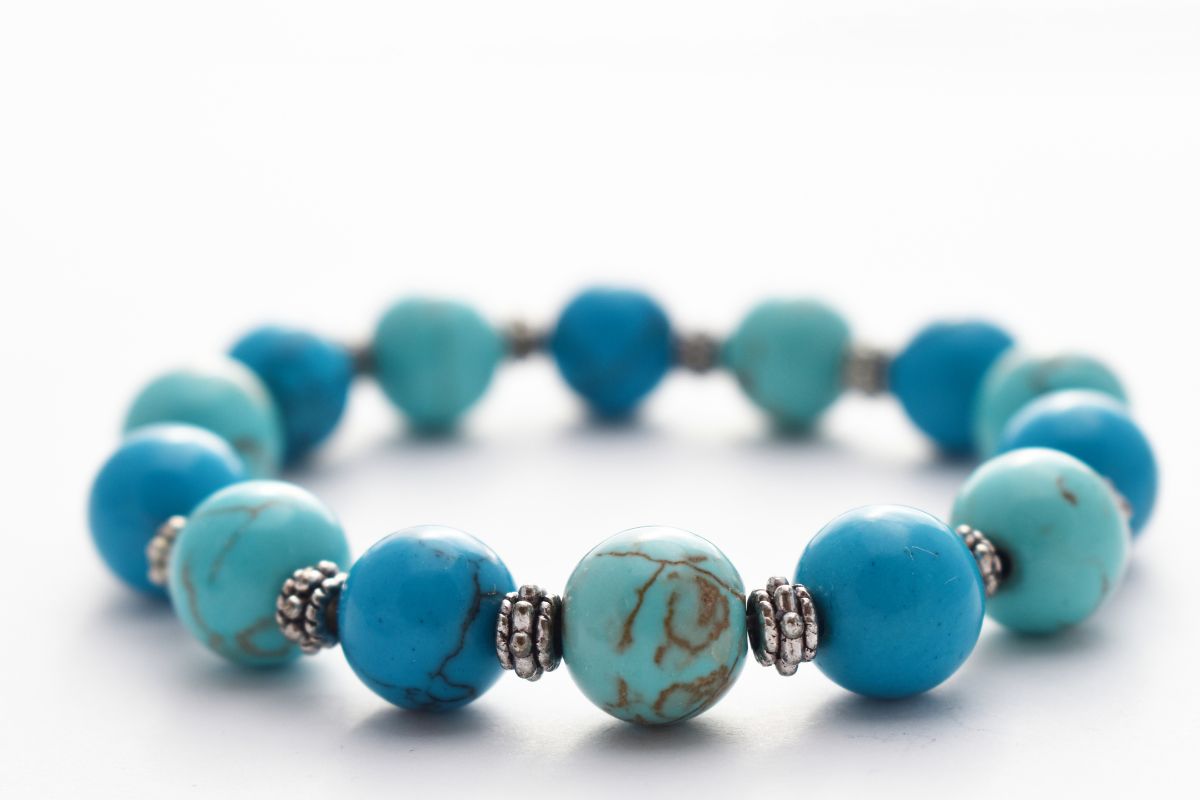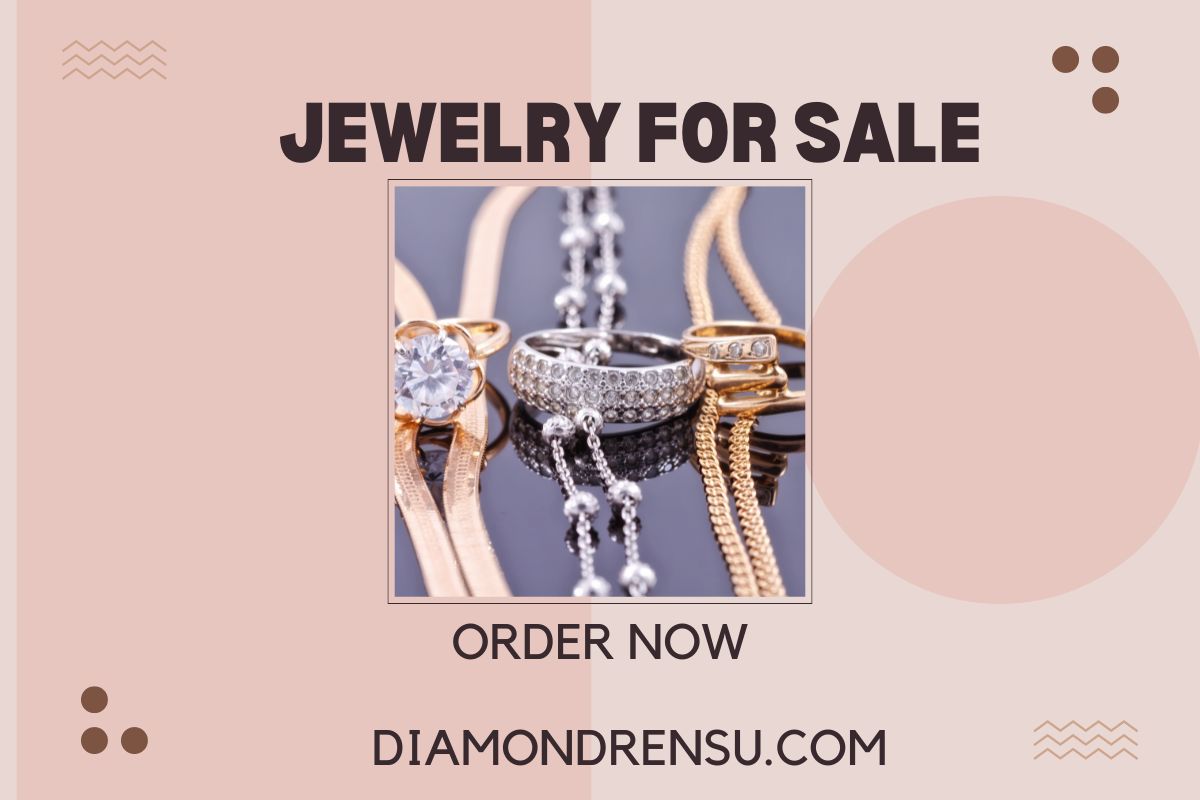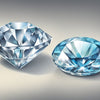
How Much Are Blue Pearls Worth: Valuation Insights
Understanding the value of blue pearls is essential if you're considering purchasing or appraising pearl jewelry. Blue pearls, known for their rarity and beauty, belong to a group of naturally colored pearls that come from both freshwater and saltwater mollusks. Like all pearls, their worth is determined by several factors including their size, shape, color, luster, and overall quality. These gems are often sought after by collectors and jewelry enthusiasts alike.
When it comes to blue pearls, the value can vary significantly. The price range for blue pearls can start from as low as $300 and can escalate to $3,000 or more, depending on their attributes. Factors such as the pearl's origin, the rarity of the hue, and whether it is natural or cultured, play pivotal roles in determining its price. Blue pearls that exhibit a stronger color and iridescence are typically more valuable than those with weaker coloration or luster.
Your investment in blue pearls is not just in their monetary value but also in their aesthetic and unique charm. These pearls offer a touch of elegance and can be quite the conversation piece, making them a worthwhile addition to your jewelry collection. With these considerations in mind, assessing the value of blue pearls requires a keen eye and knowledge of what attributes contribute most significantly to their worth.
Understanding Pearls
Exploring the world of pearls provides insight into their value, beauty, and variety. From natural gems formed over years to cultured beauties crafted by human hands, pearls are as diverse as they are exquisite.
Natural vs Cultured Pearls
| Aspect | Natural Pearls | Cultured Pearls |
|---|---|---|
| Formation | Formed naturally in oysters without human intervention. | Initiated by human intervention, where a nucleus is inserted into an oyster to stimulate pearl formation. |
| Cost | Usually more expensive due to rarity. | Typically more affordable as they are produced in controlled environments. |
| Shape and Size | Irregular shapes and sizes are common. | Can be produced in various shapes and sizes, often more uniform. |
| Quality | Highly valued for their uniqueness and rarity. | Quality can vary depending on cultivation methods and factors such as luster, surface quality, and shape. |
| Market Availability | Less abundant and may be harder to find. | More readily available in the market. |
Natural pearls are rare and form in oysters or mussels as a defense against an irritant, such as a parasite. In contrast, cultured pearls are created when a technician intentionally introduces an irritant into the mollusk to start nacre production.
Types of Pearls
Pearls are classified mainly by their origin:
- Saltwater pearls, including Akoya, Tahitian, and South Sea pearls, are typically rounder and more lustrous.
- Freshwater pearls usually originate from mussels and can vary widely in shape and luster.
Pearl Formation and Harvesting
Pearl formation begins when an irritant becomes trapped. The mollusk coats the irritant in layers of nacre, forming the pearl over time. Harvesting of cultured pearls occurs after a few years, ensuring adequate nacre thickness.
Pearl Quality Factors
Key qualities determining a pearl's value include:
- Nacre Quality: Thicker nacre indicates a more durable and lustrous pearl.
- Surface Quality: Look for smoothness and minimal blemishes.
- Luster: Higher luster means a sharper reflection on the pearl's surface.
Pearl Size and Shape
| Pearl Size | Pearl Shape |
|---|---|
| Small (1-5mm) | Round, Oval, Button, Semi-baroque, Baroque |
| Medium (6-8mm) | Round, Oval, Button, Drop, Semi-baroque, Baroque |
| Large (9-15mm) | Round, Oval, Button, Drop, Semi-baroque, Baroque |
| Extra Large (16mm+) | Round, Oval, Button, Drop, Semi-baroque, Baroque |
Pearls are measured in millimeters (diameter). Shapes range from round to oval, baroque, or semi-baroque. Round pearls are highly prized and generally more valuable.
Color Variations and Overtones
Pearl color can be white, cream, blue, pink, and black, with subtle overtones adding depth. Blue pearls are particularly rare and sought after.
The Significance of Luster and Nacre
Luster and nacre thickness are vital for assessing pearls. High luster and thick nacre enhance the gem's iridescence, known as orient, and its overall allure.
Grading and Certification
Pearls are graded based on the above factors. High-quality gems may come with certification from reputable gemological laboratories, confirming their authenticity and characteristics.
Remember to look out for these aspects when determining the worth of blue pearls or any pearls in your collection.
Blue Pearls Specifics

Blue pearls, a unique gem from the ocean, carry both mystique and luxury. Their value and beauty are influenced by several specific factors which you should consider when evaluating their worth.
Characteristics of Blue Pearls
Blue pearls boast a range of hues from deep midnight to sky blue, often accompanied by captivating overtones. The luster of blue pearls is a critical quality aspect; high luster indicates a desirable, reflective surface. Their colors arise from the oyster's inner shell and environment, giving each pearl a unique appearance.
Rarity and Sources
Blue pearls are rare, making them quite valuable in the market. Natural blue pearls are exceedingly scarce, with many found in the waters of China and parts of the South Sea. Akoya and Tahitian pearls are examples of cultured types that can exhibit blue colors and overtones, but even within these categories, blue pearls are exceptional.
Types of Blue Pearls
| Pearl Type | Origin | Value |
|---|---|---|
| Akoya Blue Pearls | Japan | High |
| Tahitian Blue Pearls | French Polynesia | High |
| South Sea Blue Pearls | Australia, Indonesia, Philippines | Very High |
| Freshwater Blue Pearls | China | Medium |
You'll encounter several types of blue pearls:
- Akoya Pearls: Traditionally sourced from Japan and China, known for their round shape and intense luster. Blue Akoya pearls are incredibly sought after due to their rarity.
- Tahitian Pearls: Originating from the French Polynesia, these pearls naturally occur in a range of exotic colors that include various shades of blue.
- South Sea Pearls: The largest of the pearl types, South Sea pearls are cultivated mainly in Australia, Indonesia, and the Philippines. Blue versions of these pearls are rare, contributing to their higher price.
Determining the Value of Blue Pearls
The value of blue pearls is dictated by several factors:
- Color: A deep, uniform blue color is preferred and holds a premium price.
- Size: Larger pearls generally command higher prices.
- Shape: Round and symmetrical blue pearls are the most prized in the market.
- Surface Quality: Pearls with minimal blemishes or imperfections are considered of higher quality.
When considering blue pearls for their investment potential, focus on the quality and rarity of these factors. The demand for blue pearls within the gem market reinforces their allure and worth.
Market Factors Influencing Price

When considering the worth of blue pearls, you must examine key market factors that directly influence their pricing. These include supply and demand dynamics, the pearls' geographical origins, and the current consumer trends.
Supply and Demand Dynamics
- Supply: The availability of blue pearls is limited, as they are a unique type of pearl that is not readily found in large quantities. Due to their scarcity, the laws of supply and demand heavily influence their price. Limited supply can make blue pearls highly sought after by collectors and jewelry enthusiasts, thus increasing their investment value.
- Demand: As tastes in pearl jewelry evolve, your desire for unique and colored pearls like blues can fluctuate. A rising interest in pearl jewelry that deviates from traditional white or cream, spurred by trends or promoted by celebrities, can drive demand and, correspondingly, prices up, especially among those who value love and beauty in their jewelry.
Impact of Pearl Origin
China is a leading country in pearl cultivation, known for producing a variety of cultured pearls. However, geographic origin can play a significant role in determining a pearl's value. For example, blue pearls from specific regions with ideal pearl formation conditions might fetch higher prices due to their superior quality and distinctive hues that are appreciated in the market.
Consumer Perception and Trends
- Perception: Your perception of the beauty and quality of blue pearls plays a decisive role in determining their value. A well-cultivated pearl with stunning luster and a captivating blue tone is likely to be perceived as more valuable and therefore command a higher price in the market.
- Trends: Keep an eye on fashion and jewelry trends, as they can impact the desirability of blue pearls. Should pearl jewelry featuring blue pearls become a trendsetter or maintain its popularity, both jewelers and individuals are likely to view them as a more attractive investment, potentially raising their market value.
Blue Pearl Jewelry

Blue pearls are a unique and valuable choice for jewelry, prized for their rarity and lustrous beauty. Whether set in gold or silver, these gems can elevate any accessory from the ordinary to the extraordinary.
Types of Blue Pearl Jewelry
- Earrings and Pendants: Blue pearl earrings offer an eye-catching sparkle, often designed as studs or drop earrings. Pendants can range from simple, single-pearl pieces to elaborate settings with multiple pearls or additional gemstones.
- Rings and Strands: Blue pearl rings are crafted to showcase the pearl's rich color and can be accented with diamonds for added luxury. A strand of blue pearls is a statement of elegance, often forming a necklace that can be an heirloom piece.
Design and Craftsmanship
Quality craftsmanship is pivotal in elevating the beauty of blue pearl jewelry. High-caliber artisans pay close attention to the following:
- Pearl Setting: Ensuring the pearl is secure and displayed to maximize its luster.
- Metal Selection: Gold or silver complements blue pearls, with the choice of metal enhancing the pearl's color.
Good design balances the pearl's allure with the jewelry's overall aesthetic, creating a harmonious piece that showcases the pearl's natural splendor.
Buying and Caring for Blue Pearl Jewelry
Tips for Buying:
- Pearl Origin: Research the origin; some of the most sought-after blue pearls come from the Pinctada maxima oyster.
- Pearl Size and Quality: Consider the size, which directly impacts the price, and look for high-quality pearls free from surface blemishes.
Essentials of Care:
- Storage: Store your jewelry separately to avoid scratches.
- Cleaning: Gently wipe with a soft cloth after wearing; occasionally clean with mild soap and water.
When purchasing blue pearl jewelry online or in-store, verify the seller's credibility, while looking for certifications that authenticate the pearl's origin and type. Remember, meticulous care preserves the luster and beauty of your blue pearl jewelry, ensuring it remains cherished for generations.
Investing in Blue Pearls

Before you invest in blue pearls, it's important to understand their market value, how to distinguish authentic pearls from imitations, and the significance of sets and matching quality.
Investment Considerations
When considering investing in blue pearls, you need to assess their worth and quality. High-quality blue pearls, especially those from the South Sea or Tahitian varieties, can command prices from a few hundred up to several thousand dollars per pearl depending on their size, luster, and color intensity. Their value is influenced by rarity and demand in the market. Collectors and enthusiasts often seek out these pearls for their unique tones and inherent beauty, making them a potentially lucrative investment.
Identifying Real vs Fake Blue Pearls
| Criteria | Real Pearls | Fake Pearls |
|---|---|---|
| Luster | Rich and deep | May appear dull or glassy |
| Surface | Smooth with slight imperfections | May have obvious flaws or irregularities |
| Temperature | Feels cool to the touch | May feel warmer than real pearls |
| Weight | Dense and heavy | Lighter than real pearls |
| Price | Higher due to rarity | Lower due to synthetic production |
To ensure you are investing in real pearls rather than counterfeit ones, look for signs of authenticity, such as slight imperfections and variations in shape and color. Real blue pearls often exhibit a subtle iridescence and can have a faint fluorescence under ultraviolet light. Fake pearls, on the other hand, may have a too-perfect appearance and lack the gentle, layered luster of natural pearls. They are commonly made from glass or plastic and can feel unnaturally smooth.
Pearl Matching and Sets
Investing in a pearl set or strand requires understanding the importance of matching. The value increases significantly if the pearls in the set closely match in color, size, and luster, as achieving such uniformity is rare and prized in pearl jewelry. Well-matched pearl sets not only enhance the overall aesthetic but are also imperative for maintaining and even increasing the investment value over time.
Purchasing Blue Pearls

When entering the market for blue pearls, your focus should be on understanding their value determinants, identifying reputable purchasing avenues, and grasping the nuances of pricing and valuation.
Factors Affecting Purchase Decisions
- Rarity and Demand: Blue pearls are a rare find in the world of jewelry, which directly impacts their value. The rarity of these pearls can drive higher prices, especially for specimens that boast a deep, uniform color and high luster.
- Pearl Quality: Essential elements of pearl grading, such as shape, size, color, and luster, will affect your decision. Typically, round pearls with a uniform color and high luster are of higher value.
- Investment Potential: Purchasing blue pearls can be seen as both an acquisition of beauty and an investment. As with any investment, consider the long-term demand and the potential for the pearls to hold or increase in value.
Where to Buy Blue Pearls
- Online Marketplaces: With the advantage of comparing prices and options, online retailers are a popular choice. Ensure that the seller provides a certificate of authenticity and has a transparent return policy.
- Jewelry Stores: For a hands-on buying experience, visit local or branded jewelry stores. They may offer personalized services and assistance in pearl grading.
- Pearl Specialists: Dedicated pearl sellers both online and offline can provide expert insights and offer a curated selection of high-quality blue pearls.
Understanding Pricing and Valuation
- Pearl Grading: Familiarize yourself with the pearl grading system, as it is crucial in determining the price. Prices can vary significantly based on the grade, which considers size, luster, surface quality, and shape.
- Budget: Set a budget before shopping. Blue pearl prices can range from affordable to highly expensive, so having a pre-determined budget will guide your search and purchase.
- Market Trends: Keep an eye on market trends, as they can influence the worth of blue pearls. Supply fluctuations, fashion trends, and economic factors all play roles in the current market price.
Purchasing blue pearls requires a balance between appreciating their beauty and understanding their value as both jewelry and potential investments. By considering the factors that affect their price and knowing where to buy them, you can make an informed decision that aligns with your budget and expectations for value.
Also Read
Frequently Asked Questions
When considering the purchase or appraisal of blue pearls, you'll encounter several factors that affect their worth. Here's what you should know.
What factors influence the market value of blue pearls?
The market value of blue pearls is influenced by their color depth, luster, shape, and size. A deep, uniform blue, high luster, and round shape typically raise their value.
How do pearl appraisals determine the value of a blue pearl?
Appraisals consider the pearl's color quality, surface perfection, shape, size, and the type of pearl, such as whether it's natural or cultured, to establish its worth.
What price range can one expect when purchasing blue pearls?
Prices for blue pearls can vary widely. You might find them ranging from several hundred dollars for common varieties to tens of thousands for premium specimens.
How does the size and weight of blue pearls affect their overall worth?
Size and weight are crucial; larger and heavier blue pearls are typically more valuable. A larger size often indicates a longer cultivation period and rarity.
Can the rarity of blue pearls impact their value on the market?
Yes, the rarity of blue pearls significantly impacts their market value. Natural blue pearls are scarce and thus fetch a higher price compared to more common ones.
In what ways does the quality of blue pearls contribute to their appraisal value?
The quality of blue pearls, determined by the smoothness and clarity of their surface, as well as their luster and color uniformity, plays a significant role in their appraisal value. High-quality pearls will command a premium price.
Checkout some of our top collections:










